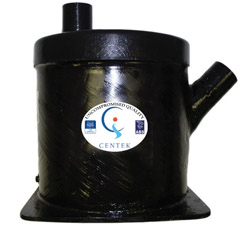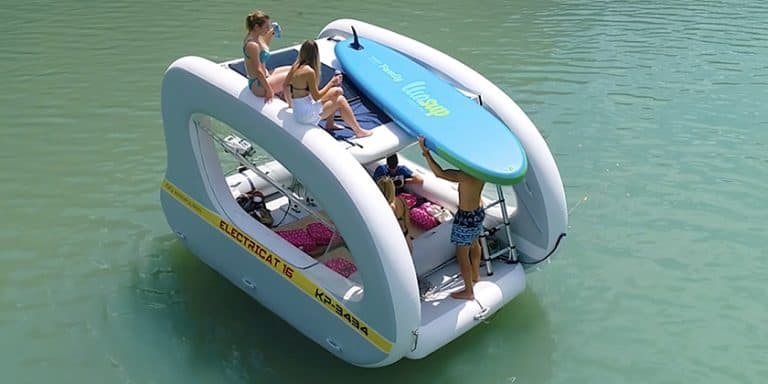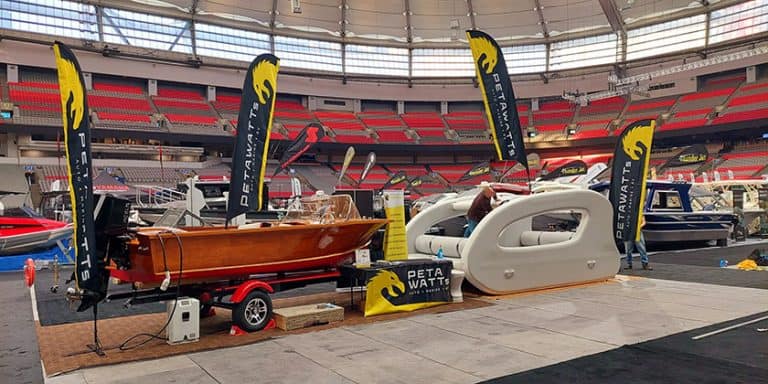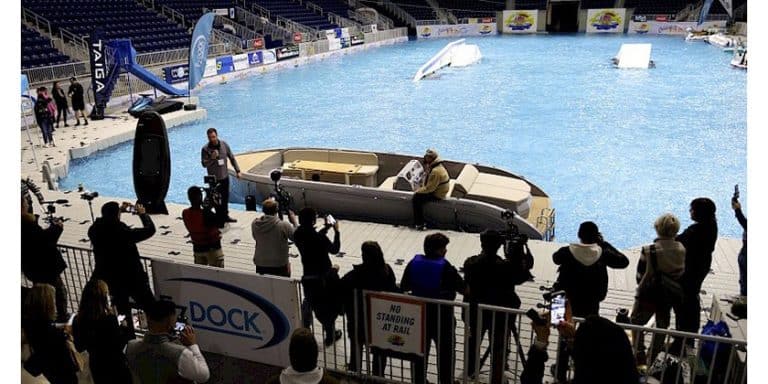Peaceful and Quiet – Exhaust Systems and Mufflers

 It had never been so obvious to me until the day I drove the new Cruisers Yachts 48 Cantius. I was out with Todd Trepanier, one of Cruisers Yachts top technicians. I was doing a boat review for Canadian Yachting and Todd was aboard because it was hull Number 1 and absolutely brand new, so he was adjusting things and running factory sea trials.
It had never been so obvious to me until the day I drove the new Cruisers Yachts 48 Cantius. I was out with Todd Trepanier, one of Cruisers Yachts top technicians. I was doing a boat review for Canadian Yachting and Todd was aboard because it was hull Number 1 and absolutely brand new, so he was adjusting things and running factory sea trials.
At dockside, we had the sunroof fully open and the glass aft bulkhead too. As we headed out into Lake Michigan, we accelerated up to high speed. It started to get windy and cool so we closed the glass aft bulkhead and the huge glass sunroof.
It was just like rolling up the window in your car at highway speed. Suddenly, everything was peaceful and quiet. In fact, the 48 Cantius turned out to be one of the quietest boats I have ever been in.
Many new powerboat designs feature Volvo Penta IPS or CMD MerCruiser Zeus pod drives. Both are installed back near the transom and use a through-hub exhaust. Engine noise exits into the water underneath the boat. By being so quiet, the 48 Cantius would be substantially more comfortable on a cruise than one where you hear the drone of the engine exhaust.
Almost any inboard powered boat, sail or power, would be more quiet and comfortable if it was fitted with mufflers. Luckily, mufflers for virtually any boat are available from such companies as Centek Industries, Custom Marine, Livorsi Marine and Vetus America.
Marine exhaust mufflers can be divided into two basic types: dry exhaust and wet exhaust. Wet exhaust has engine cooling water in the flow, cooling the exhaust significantly. Few pleasure craft use a dry exhaust. They are generally quite noisy and heat dissipation can be a safety issue. A diesel engine exhaust can be 600 degrees C exiting the engine. Best to cool that.
Many marine wet exhaust mufflers use fiberglass-reinforced plastics because this type of construction will not corrode or deteriorate when exposed to gasoline or diesel fumes mixed with salt or fresh water. Resistance to higher temperatures wards off warping or melting which has been a factor in some rubber or plastic mufflers.
Next, choosing a muffler for your boat starts with the following basic considerations.
1. Engine Location – Engines located at or below the loaded water line (LWL) require some type of a “lift” muffler to prevent cooling water from flowing back into the engine.
2. Exhaust System Size – Larger engines require larger diameter exhaust systems and more space. The parts must be large enough to carry the cooling water and gases through the system without creating back pressure in excess of the engine manufacturer’s recommendations.
3. Noise Reduction – Muffler size and internal design will determine the amount of noise reduction achievable in a given installation. Larger mufflers deliver better silencing but space limitations may dictate the size and type of muffler that can be used.
Some underwater discharge systems can be retrofitted as long as sufficient space is available. For power boats with gasoline engines that now have wet exhaust running through the transom above the waterline, a simple exhaust tip might work, dropping sound levels but not horsepower. This winter, talk to your dealer or repair yard about a muffler system for your boat and get more enjoyment out of the people you take onboard!





























